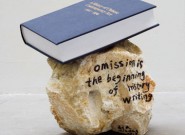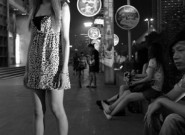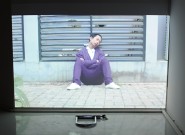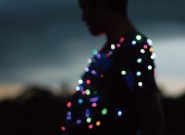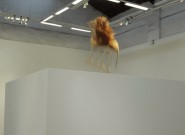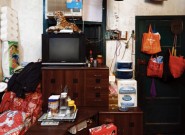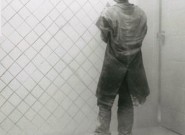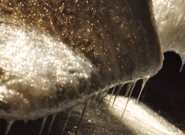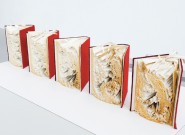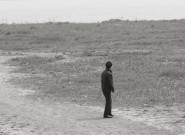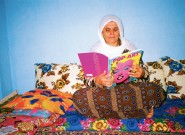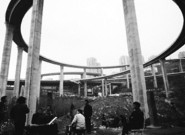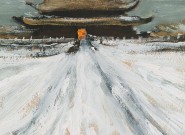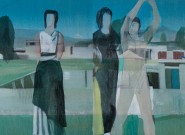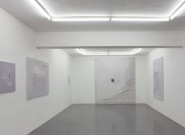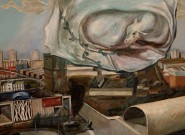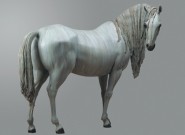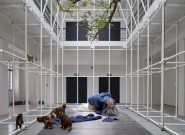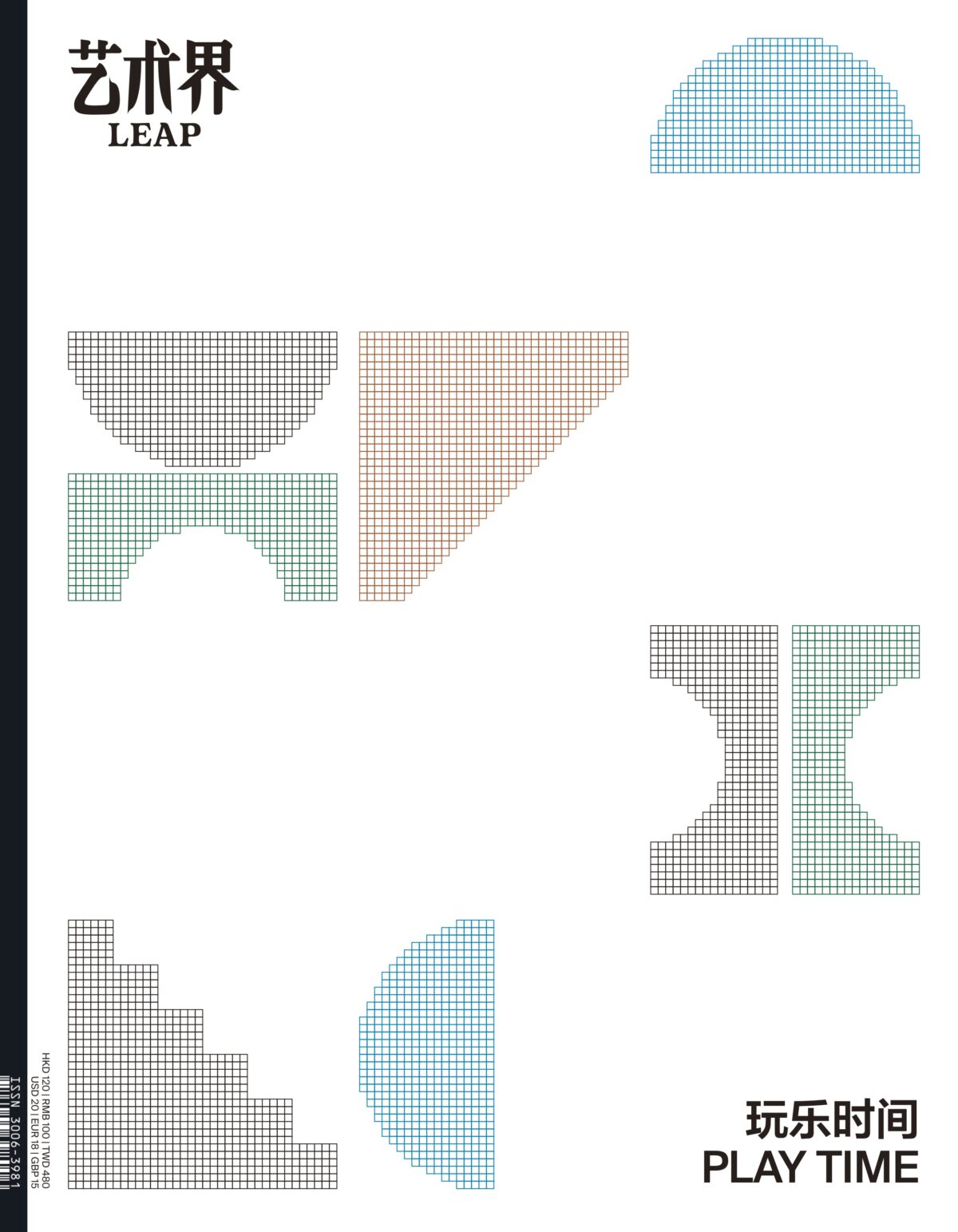“It is the objective of the artist who is concerned with Conceptual art to make his work mentally interesting to the spectator, and therefore usually he would want it to become emotionally dry.” Sol LeWitt, Paragraphs on Conceptual Art, 1967 Life is full of endless anticipation. Except for blood and flesh, dreams and anticipation have…
Read MoreChutian Golden Paper 20100520 Fashionable Girl Stands Barefoot in Street for 13 Hours From 10 a.m. on May 18, our staff received calls nonstop from readers, who reported a fashionably dressed pretty young woman motionlessly standing barefoot at the intersection of Jiefanggongyuan Road and Huiji Road. Her abnormal behavior attracted considerable attention until around 1…
Read MoreOutside an upscale shopping district in the center of Wuhan, following a graffiti-covered wall around an inconspicuous corner, one may find the entrance to Chi K11 Art Space. The small elevator, with only enough elbow room for two people, does not hold a single clue to indicate that there might be an art space upstairs,…
Read MoreAPICHATPONG WEERASETHAKUL, the Thai independent director and artist, has attained widespread international popularity, but in China only his accomplishments as a filmmaker are known. His first solo show in China opened at Beijing’s Ullens Center for Contemporary Art in late 2011. The show comprises the exhibition “For Tomorrow For Tonight” as well as screenings of…
Read MoreMadeIn Company have released a new set of merchandise in an exhibition that cannot be said to differ from their many and frequent shows in the past. The major works (perhaps better described as products) of “Physique of Consciousness,” held at Long March Space in Beijing earlier this year, consisted of a set of physical…
Read MoreWang Haichuan has been very interested in the old Tongyuanju munitions factory in Chongqing’s Nan’an district for several years now. Not only has he researched the buildings within, but he has also interviewed a great number of the people living there. The standard size of factory workers’ dormitories is 16.9 square meters, where for the…
Read MorePerhaps not even Tu Hongtao himself anticipated that the transformation of his painting— which he had been repeatedly putting off— would culminate in this solo exhibition at Iberia Center for Contemporary Art. During the unusually long preparation period for this exhibition, instead of knocking out paintings to fill a large space, as he has was…
Read MoreINSIDE, OUTSIDE, AND PERIPHERAL “NOW THAT WE’VE finished going through all of the traditional types of painting and the history of art in Hubei, we are definitely going to move in a more modern and contemporary direction.” As he speaks, Hubei Art Museum director Fu Zhongwang is sitting in the museum’s coffee shop, looking out…
Read MoreIn 1986, a 24-year-old youth did two things. First, he changed his name from Ding Rong to Ding Yi. Second, he drew a grid pattern with the letter X on an 84-square-centimeter canvas and called it Taboo. These two seemingly unrelated things, proceeding from the consciousness of this one person, would put into practice the…
Read MoreWHEN ONE SPEAKS of the strong presence the Sichuan Fine Arts Institute (SFAI) has established within the Chinese contemporary art world, it is often in conjunction with the stream of painters who have emerged from it over the past 30 years. Consequently, in the eyes of many, SFAI is a breeding ground for painters who…
Read MoreEven though the introduction to the exhibition states that the formalization of art and realism have been cautiously formulated as coexisting in relation to each other, there is still a strong whiff of something different from the verb in the English title of this exhibition. In the early 1950s, formalized art and realism in China…
Read More“I CAME TO Wuhan looking for rocks,” announced one young Beijing-based artist in explanation of his presence in Wuhan. Rocks are to be found everywhere; why this city? (Rock and roll? If the conversation were in Chinglish, he could have been mistaken for referring to local punk rock. Sadly, the slippage does not exist in…
Read MoreMajor historical moments made 1989 a famous year of change: the Russian withdrawal from Afghanistan, the fall of the Berlin Wall, the violent suppression of student movements elsewhere. No wonder either that the following implosion of the Soviet bloc, the end of the Cold War and the German reunification appeared primarily as a historical victory of the West and the capitalist system. Today,…
Read MoreTHE TOPIC ON every Chongqing resident’s lips as of late has been the newly planted gingko trees lining the city’s streets. Chongqing itself not having enough of its own gingko trees to complete the job, most of the trees now stationed along the city’s main boulevards were shipped in from neighboring provinces as part of…
Read MoreArt from China is highly fashionable in New York, but attention to one or another current star too often neglects the art-historical question of how contemporary art emerged at the dawn of Opening and Reform. This exhibition looks at three distinct movements— the No Name Group, the Stars, and the Grass Society—which functioned as agents…
Read MoreThe paintings of the 51-year-old French artist Marc Desgrandchamps call to mind a number of key figures in the Western artistic tradition: Manet, Cézanne, Degas, or even the sculptures and architecture of ancient Greece. Traces of the styles of past masters appear continually in his works, though they still retain characteristically modern touches. Desgrandchamps concerns…
Read MoreThe predominance of a grayish-white has always been the most salient feature of Zhang JBai’s paintings. Even his depictions of concrete subjects, such as his series of portraits, possess a certain imagery. In his new exhibition, “I’ve Got Something,” he continues to ruminate on this same faintly discernible spatial relationship on the canvas. His is…
Read MoreUp until now, Huang Liang’s paintings have been dominated by narratives of illness, or more specifically, that of his own bout with a misdiagnosed case of lung cancer. Suffering from respiratory ailments, his doctor’s faulty diagnosis landed Huang in two years of treatment, a time when he says he lost all hope and lived in…
Read MoreFollowing the exhibition, nearly all press coverage of “Will Things Ever Get Better?” referred to the figure of the horse. At the show, the horse was portrayed as utterly dejected and sad, bearing the look of intense scrutiny and existential doubt typical of a philosopher. Even though the portrayal of this slim yet hearty-looking horse…
Read More“You think you can just ask Confucius?” A group of his inquisitive pupils once said, and not un-rightly. It is therefore likely that Zhang Huan’s “Question” seeks to lead the viewer in proceeding from “Confucius” as symbolic subject, discovering new facets to this signifying symbol, catching glimpses of the relationships between Confucius and the self…
Read More
